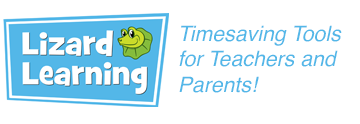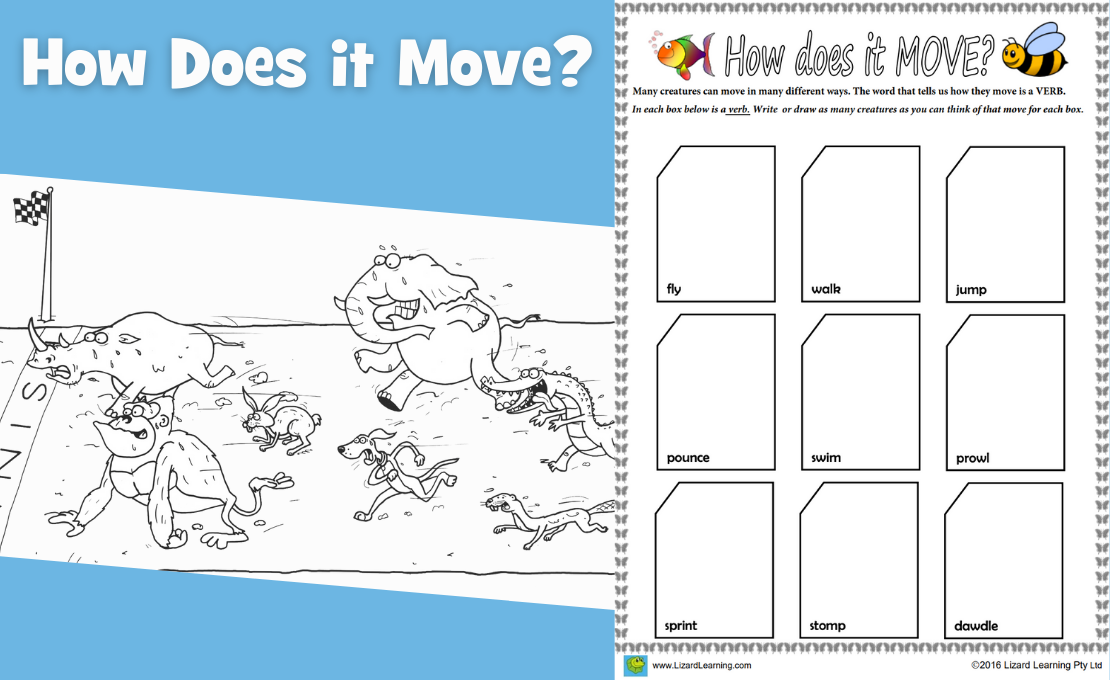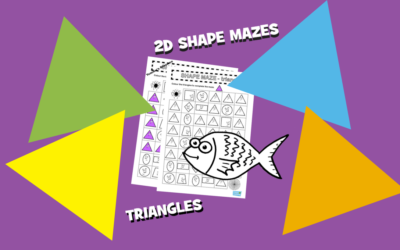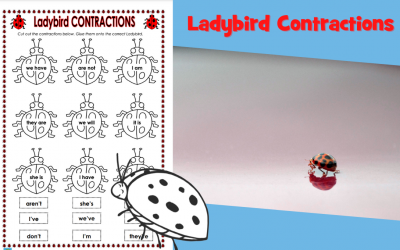This is the perfect resource to introduce verbs to young learners. This fun resource combines students’ natural interest in animals while learning all about verbs.
Verbs are used to describe an action, a state, or an occurrence. And, when introducing verbs to young learners the common place to start is with action verbs. This type of verb is most easy for them to understand as many action verbs are things they can either witness happening or experience themselves.
This resource focuses on verbs relating to movement, in particular the ways in which animals move. The page features 9 different action verbs which will help students understand verbs as movements. There are 9 verbs displayed on the page and below each word, students are required to write/draw a creature that moves as the verb describes.
When completing the activity, we recommend that you consider giving some of your students the option to draw their answers. This means that children who struggle when it comes to writing will be given an equal opportunity to demonstrate their understanding. And it will allow them to focus on the learning intention, rather than worry about their writing abilities.
How to use the How Does it Move Activity:
- Hit download and print out the PDF.
- Read the verbs as a class to familiarise students with the words.
- Complete the first box together to get their brains in gear. How many different creatures can you think of that match the verb?
- Students must either write or draw the creatures they think of in the corresponding boxes.
Extension Activities and Fun Ideas:
- How about reversing the activity? Show your students some pictures of animals and ask them to write down verbs to describe the way the animal moves. This might also be a good chance to discuss adverbs, the words that are used to describe a verb. For example, how does the spider crawl? How does the frog jump?
- Add some action to your action verbs. Encouraging students to physically act out verbs is a great way to help them understand exactly what one is.
- Exploring different ways to move is an important part of learning in physical education. So next time you start a PE lesson, why not try an action verb warm-up? Call an animal and a verb relating to it and watch as your students crawl, hop, or jump their way across the gym.
- Another fun game relating to action verbs is ‘Simon Says’. If you’ve never played before the game is very simple to learn. The caller gives commands such as ‘Simon says jump on one leg’, ‘Simon says crawl under a desk’ etc. The players will follow Simon’s instructions, but they must listen carefully. If the caller doesn’t say “Simon says” and instead gives a direct action “turn around”, the players must not follow the command. If they do, they are out of the game.





0 Comments